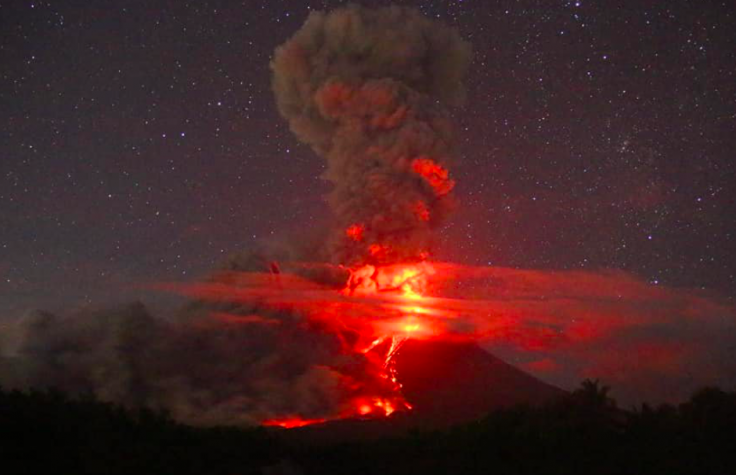A scientific agency in the Philippines provided new updates regarding the status of the country's Taal Volcano. According to the agency, the volcano has displayed increased activity, which means it is still in danger of erupting anytime.
The Philippine Institute of Volcanology and Seismology (PHIVOLCS) released a bulletin on Monday morning to report the current status of Taal Volcano. As noted by the agency, it has detected steam and sulfur emissions as well as seismic activity within the last couple of days.

Volcano's Increased Activity
According to PHIVOLCS, the Taal Volcano has been emitting large plumes of steam in the past couple of days. Earlier today, the plumes reached an average height of 800 meters before drifting away. In addition to the steam, the agency also recorded sulfur dioxide emissions from the volcano.
PHIVOLCS noted that since Feb. 1, the volcano has been producing about 97 tons of sulfur dioxide per day. As indicated in a report by the local news agency Manila Bulletin, the increased presence of sulfur dioxide indicate that magma is still moving under the volcano and could already be making its way to the surface.
"PHIVOLCS reminds the public that sudden steam-driven and even weak phreatomagmatic explosions, volcanic earthquakes, ashfall, and lethal volcanic gas expulsions can still occur and threaten areas within Taal Volcano Island and nearby lakeshores," the agency stated.

Threat of Volcanic Eruption
Aside from sulfur dioxide, another indicator of magmatic activity is the seismic movement in the region. According to PHIVOLCS, it has detected 134 volcanic earthquakes in 24 hours in various areas surrounding the volcano. Many of the earthquakes ranged from intensity 2 to 4. The agency explained that these earthquakes could lead to a major eruption in the volcano's main crater.
"These earthquakes signify magmatic activity beneath the Taal edifice that could lead to eruptive activity at the Main Crater," PHIVOLCS stated.
The current status of the Taal Volcano is still at Alert Level 3, which has been downgraded from 4 after volcanic activity subsided. However, PHIVOLCS noted that it will continue to monitor the volcano to look for signs of an impending eruption. If Taal's volcanic activity increases, the agency will raise its Alert Level to 4 once again, which means an eruption could occur within the next few hours or days.









